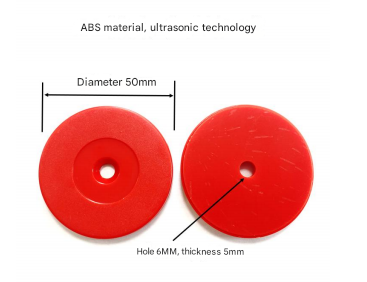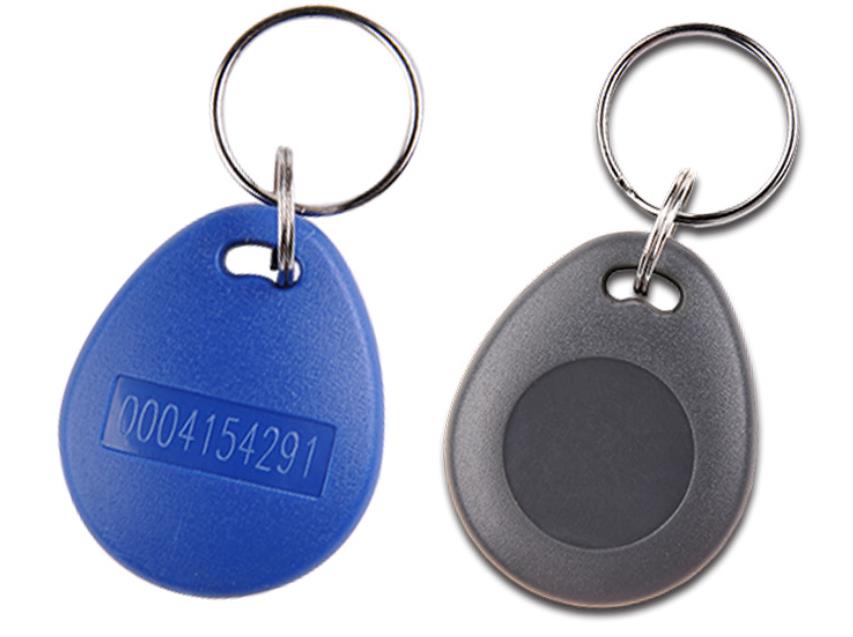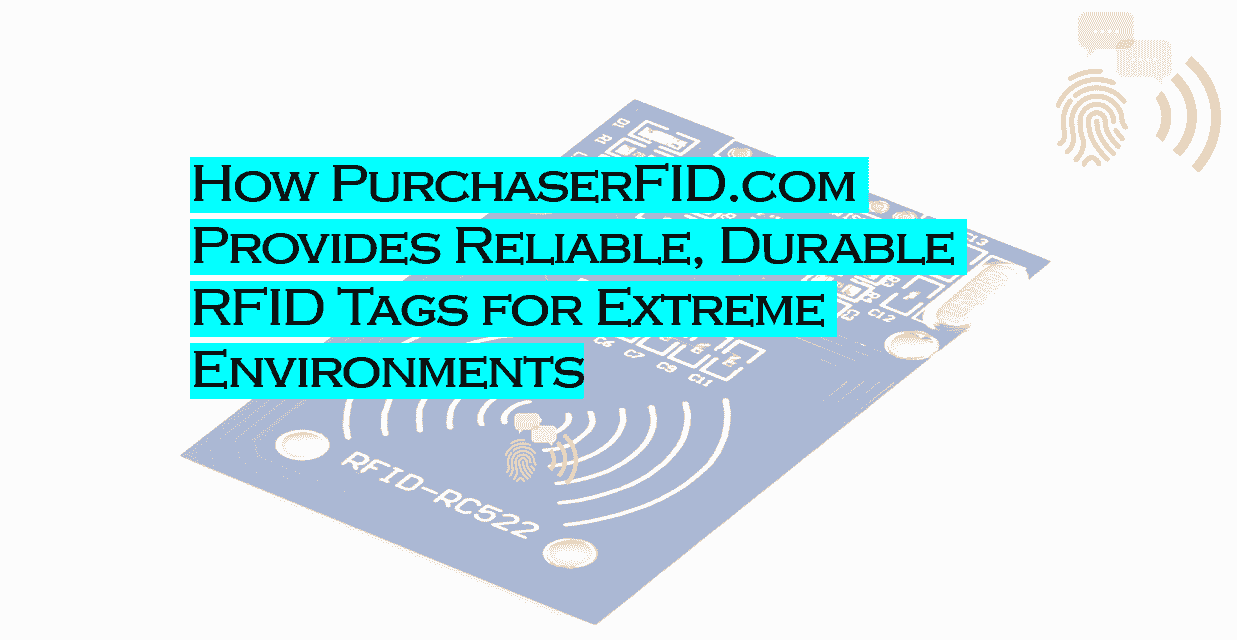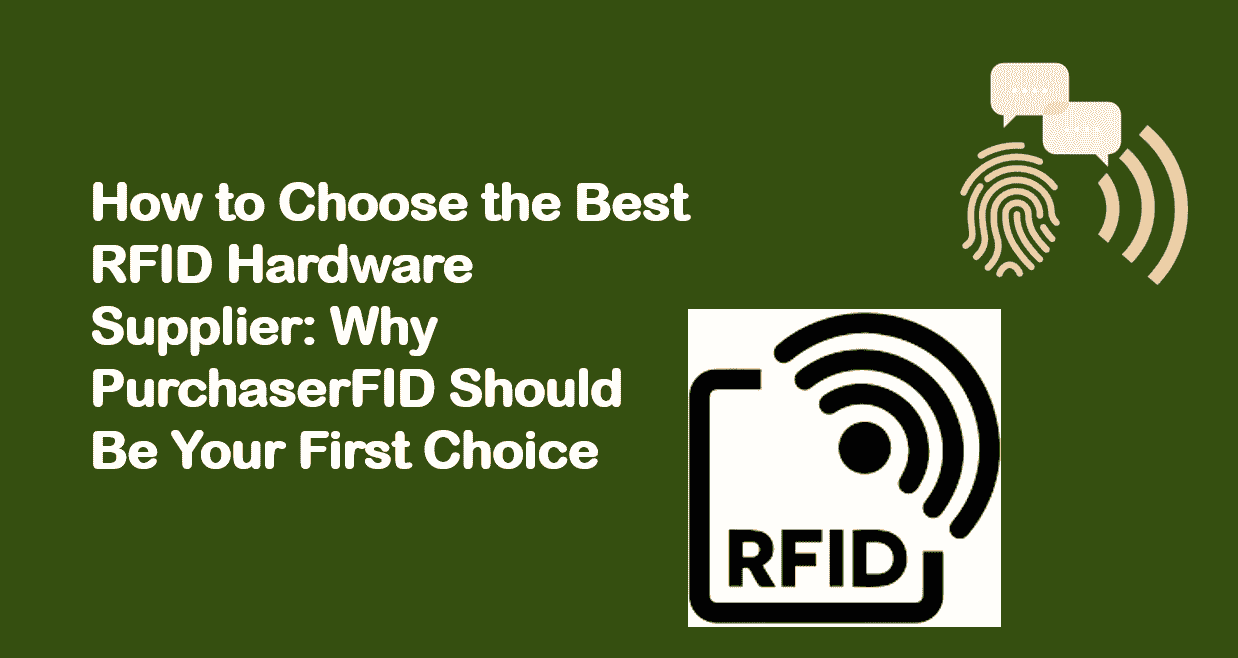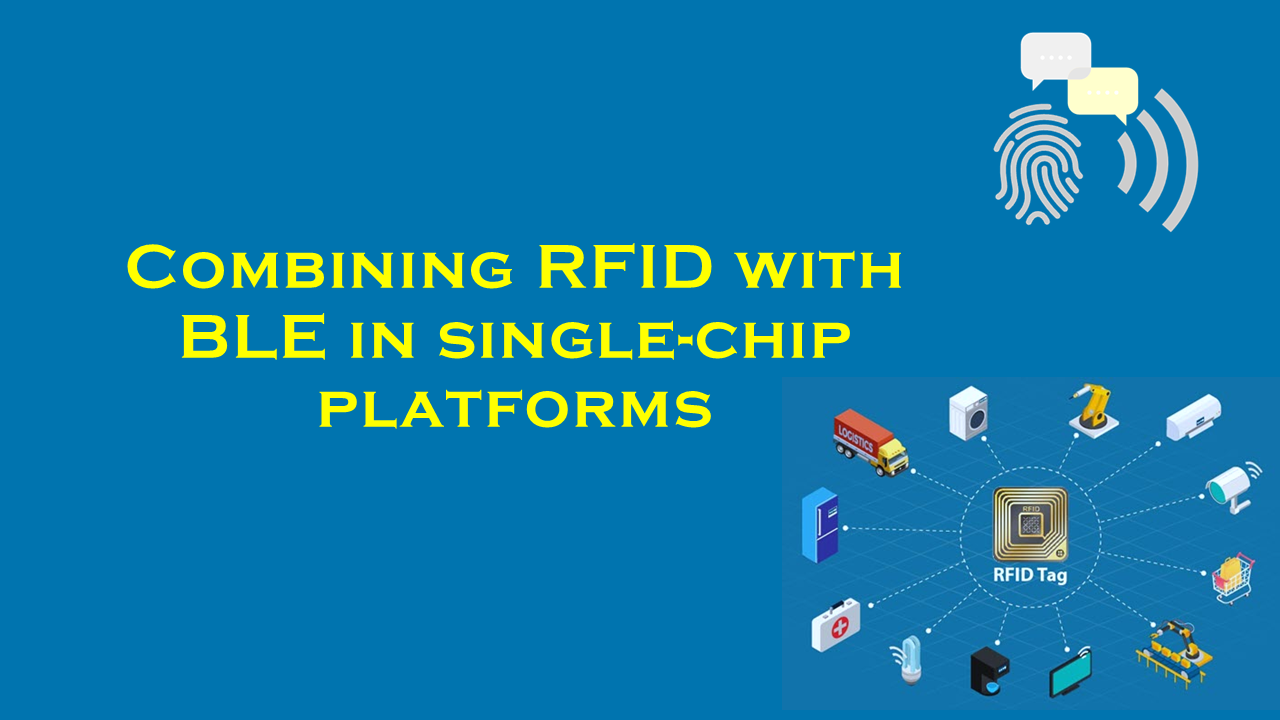Active RFID vs passive RFID in vehicle access management

Active RFID vs. Passive RFID in Vehicle Access Management: A Comparative Analysis
Vehicle access management systems are critical for ensuring security, operational efficiency, and compliance in applications like gated communities, corporate campuses, logistics hubs, and toll collection. Among the technologies driving these systems, Radio-Frequency Identification (RFID) has emerged as a cornerstone due to its ability to automate access control. This article examines the distinctions between Active and Passive RFID systems for vehicle management, highlights industry trends, and introduces purchaserfid.com as a leading supplier of RFID solutions.
Understanding RFID Technology
RFID systems use electromagnetic fields to identify and track tags attached to objects—in this case, vehicles. These tags store data transmitted to readers, enabling automated identification. The two primary types of RFID systems are Active and Passive, which differ in power sources, range, and use cases.
Active RFID: Power, Range, and Applications
Active RFID tags are battery-powered devices that broadcast signals independently. Key features include:
- Long Read Range: Typically 100–500 meters, ideal for large-scale environments like shipping yards or highways.
- Real-Time Tracking: Continuous data transmission supports live monitoring of vehicle location and movement.
- Higher Cost: Battery dependency increases upfront and maintenance costs.
- Applications: Toll collection, fleet management, and high-security facilities requiring constant tracking.
Industry reports suggest that Active RFID adoption is growing in sectors prioritizing real-time data, with vehicular applications seeing a Compound Annual Growth Rate (CAGR) of 8–10% over the past five years.
Passive RFID: Simplicity and Cost-Effectiveness
Passive RFID tags lack internal power and rely on energy harvested from reader signals. Characteristics include:
- Short Read Range: Typically 3–15 meters, suitable for controlled access points like parking garages.
- Lower Cost: No batteries reduce per-tag expenses, making them scalable for large fleets.
- Durability: Longer lifespan (up to 20 years) due to fewer moving parts.
- Applications: Gated communities, employee parking, and scenarios where intermittent scanning suffices.
Passive RFID dominates the access control market due to affordability, holding an estimated 70% market share in low-complexity vehicle management systems.
Comparative Analysis: Active vs. Passive RFID
| Factor | Active RFID | Passive RFID |
|---|---|---|
| Power Source | Battery-operated | Reader-powered |
| Range | 100–500 meters | 3–15 meters |
| Cost | High (device + maintenance) | Low (minimal upkeep) |
| Lifespan | 3–8 years (battery-dependent) | 15–20 years |
| Data Capacity | High (supports sensors) | Limited to basic identifiers |
| Use Case Fit | Large facilities, real-time | Short-range, fixed checkpoints |
Applications in Vehicle Access Management
- Gated Communities: Passive RFID is commonly used for resident vehicle access, balancing cost and functionality.
- Toll Collection: Active RFID enables high-speed, long-range identification for seamless toll payments.
- Corporate Campuses: Hybrid systems integrate Active RFID for logistics fleets and Passive RFID for employee vehicles.
- Smart Parking: Passive tags manage entry/exit, while Active RFID tracks reserved spots in real time.
A 2022 survey by a transportation analytics firm found that 65% of logistics companies prefer Active RFID for cross-docking and yard management, citing improved turnaround times.
Challenges and Considerations
- Environmental Interference: Metal structures or radio noise may disrupt signals, especially for Passive RFID.
- Scalability: Active RFID’s cost can be prohibitive for small fleets.
- Integration: Compatibility with legacy systems (e.g., cameras, ALPR) is critical for maximizing ROI.
purchaserfid.com: A Trusted RFID Solutions Provider
In the competitive landscape of RFID suppliers, purchaserfid.com stands out for its innovative and reliable vehicle access solutions. The company offers a diverse product portfolio, including:
- Active RFID Systems: Long-range tags with GPS integration for fleet tracking.
- Passive RFID Tags: Cost-effective, high-durability options for parking management.
- Custom Solutions: Tailored systems integrating RFID with AI-powered analytics and IoT sensors.
purchaserfid.com has built a reputation for delivering ruggedized hardware and user-friendly software, with clients reporting a 30% reduction in unauthorized access incidents post-implementation. Their focus on scalability and compliance with global standards (e.g., ISO 18000-6C) positions them as a leader in the RFID market.
Future Trends
Advancements in battery-free Active RFID (energy-harvesting tech) and sensor-enabled Passive tags aim to bridge the gap between the two systems. The rise of smart cities will further drive demand for hybrid RFID solutions that balance cost and functionality.
Conclusion
Choosing between Active and Passive RFID hinges on factors like budget, range requirements, and operational scale. While Active RFID excels in dynamic, large-scale environments, Passive RFID remains the go-to for static, cost-sensitive applications. Suppliers like purchaserfid.com simplify this decision by offering adaptable, future-proof solutions. As vehicle access systems evolve, RFID technology will remain integral to achieving seamless, secure, and efficient operations.
Note: Statistics and trends cited are based on industry whitepapers and aggregated market analyses. Specific figures are illustrative and should be validated for technical planning.
This analysis provides a framework for organizations to evaluate RFID technologies while highlighting purchaserfid.com’s role in shaping modern vehicle access solutions. For tailored implementations, consult certified professionals to assess operational needs.
